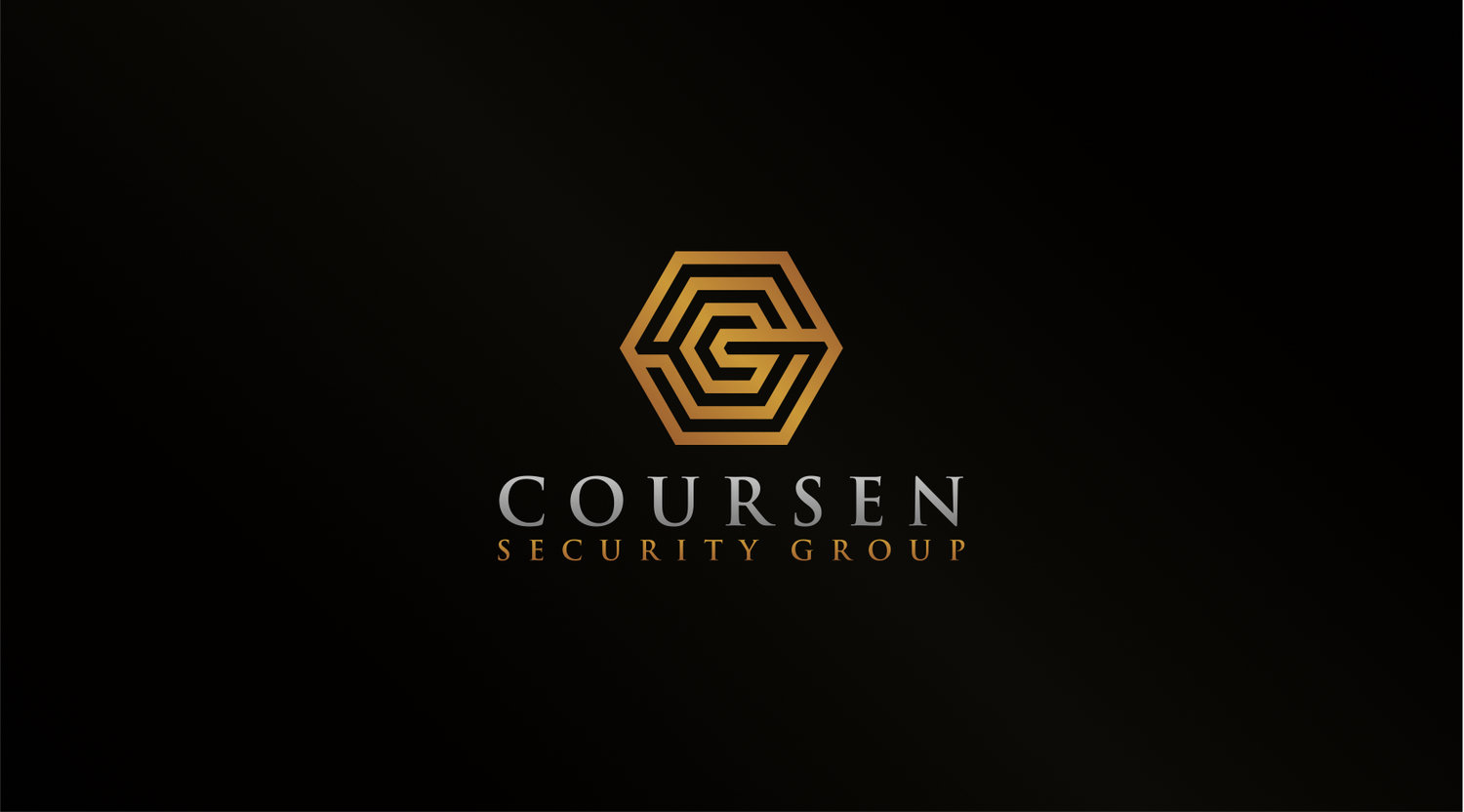- Spencer Coursen's Safety Made Simple – Daily Safety Tip
- Posts
- Fear vs. Anxiety: Knowing the Difference Could Save Your Life
Fear vs. Anxiety: Knowing the Difference Could Save Your Life
One is automatic. The other is a choice. Only one is within your control.

Why This Matters
Most people use fear and anxiety interchangeably – as if they mean the same thing, but they are actually quite different. Understanding the difference is critical to your safety, your performance, and your peace of mind.
What’s the difference between the two?
Fear is immediate and real. A threat is in front of you, and your body reacts with fight, flight, freeze, or fawn. It’s primal. It’s about survival.
Anxiety is anticipatory. It’s your subconscious sounding the alarm before the danger even arrives. It’s not the tiger in the room — it’s the thought that a tiger could walk in.
Here’s the catch: avoidance makes anxiety stronger. Action makes it weaker. Anxiety isn’t your enemy — it’s a call to prepare, to move, to take ownership of what you can control.
When you learn to leverage both, fear sharpens your instincts, and anxiety fuels your preparation. That’s when you become unstoppable.
The Four Trauma Responses: Fight, Flight, Freeze, Fawn
When fear strikes, your nervous system chooses one of four survival patterns. Knowing your default response gives you the power to train and respond more effectively.
Fight: Confronting the threat head-on. Useful when controlled, but risky if it escalates conflict unnecessarily.
Flight: Escaping or creating distance. Often safest, but only if escape routes are known.
Freeze: Stopping cold, hoping to avoid detection. Can buy time, but risks paralysis.
Fawn: Appeasing to reduce harm. Useful in some scenarios, but harmful if it becomes a long-term habit.
Awareness of your default pattern helps you build balance. If you tend to freeze, rehearse small actions to break inertia. If you tend to fight, practice de-escalation. The key is knowing yourself before fear forces the choice.
Anxiety: The Early Warning System
Anxiety gets a bad rap, but in truth, it’s not the enemy — it’s the messenger. Anxiety is your mind running simulations of the future, preparing you for what might happen. Understanding its forms and functions allows you to respond with action instead of avoidance.
Physical Anxiety: Restlessness, racing heartbeat, sweaty palms. These are your body’s way of saying, “Be ready.” Instead of fighting the sensations, channel them into preparation — stretch, breathe, or move.
Mental Anxiety: Racing thoughts, “what if” spirals, and catastrophizing. This is your brain mapping out scenarios. The trick is to turn rumination into rehearsal: instead of asking “what if it goes wrong,” ask “what would I do if it did?”
Behavioral Anxiety: Avoiding tasks, procrastinating, numbing out. Avoidance feels safe in the moment, but it feeds the beast. Replace avoidance with micro-actions — the smallest step forward breaks the cycle.
Social Anxiety: Worry about judgment, rejection, or failure in front of others. The protective function is to help you navigate belonging. The key is reframing: instead of fearing rejection, focus on contribution.
Bottom Line
Fear keeps you alive in the moment. Anxiety prepares you for the moments yet to come. Understand your default trauma response, train for balance, and you’ll transform both fear and anxiety from liabilities into tools of survival and growth.
Five Protective Strategies You Can Employ Today:
Name It to Tame It
When anxiety strikes, label it. Say to yourself: “This is anxiety, not danger.” The simple act of separating the signal from the noise calms the nervous system and restores clarity.Take Small, Decisive Action
Anxiety feeds on inaction. Do one concrete thing — make a call, lock a door, rehearse your plan. Even the smallest action shifts your brain from panic mode into problem-solving mode.Rehearse Responses Before You Need Them
Fear triggers instinct; anxiety offers rehearsal. Use anxiety as a training ground. Run “what if” scenarios in your head and map out your response. That way, when real fear hits, your body already knows what to do.Control What’s Within Reach
You can’t control if a storm rolls in, but you can prepare your home, pack supplies, and know your exits. By focusing on what you can control, you strip anxiety of its power to paralyze.Shift the Frame
Instead of asking, “What if something goes wrong?” ask, “What if I’m ready when it does?” Anxiety reframed as readiness becomes fuel for confidence instead of a drain on your energy.
Disagree with anything? Hit reply—I always read your responses.
Live Smart. Stay Safe.
Did you find this helpful? Why not share it with a friend? You never know when one small shift in awareness could help keep them safe, too.
Were you sent this from a friend? Consider subscribing to learn my tips and tricks to help you protect what matters most.

